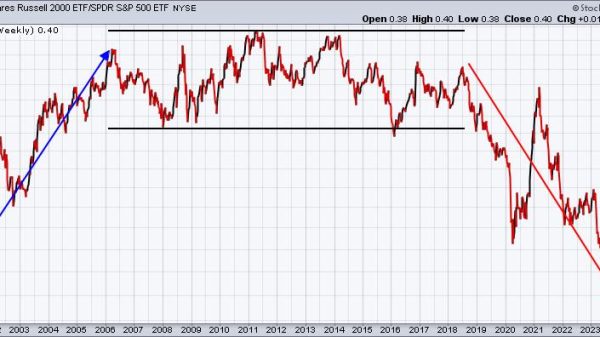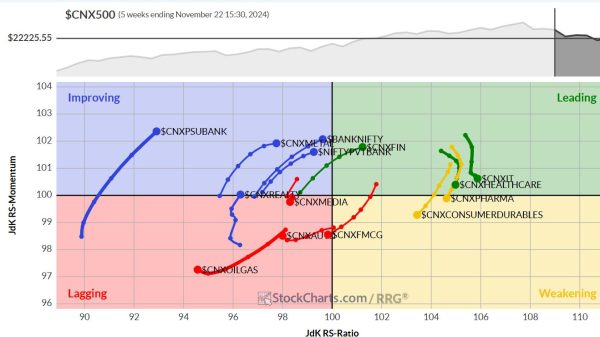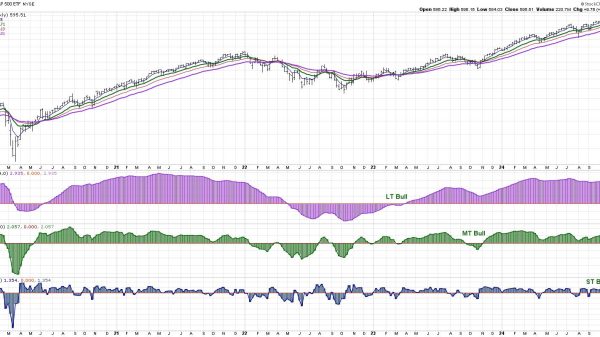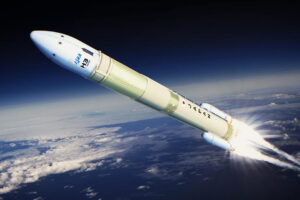TOKYO — Japan will try again this weekend to launch its new flagship rocket, the H3, in a bid to restore its space program after the booster’s failed inaugural flight last year derailed satellite and planetary exploration plans.
Coupled with the historic “pinpoint” moon landing of its SLIM spacecraft last month, a successful H3 liftoff would demonstrate Japan’s space capabilities to its close ally the United States as a counterweight to China’s military and technological might.
“For Japan, the H3’s success is crucial to prove to the world that it is capable of launching satellites continuously,” said Kazuto Suzuki, a University of Tokyo professor specializing in space policy. “Making a good spacecraft is meaningless if you can’t launch it on a rocket.”
The Japan Aerospace Exploration Agency (JAXA) plans to launch its second H3 on Saturday from its Tanegashima Space Center in southern Japan. JAXA delayed the launch by two days to avoid high winds and thunders.
Developed by JAXA and prime contractor Mitsubishi Heavy Industries, the H3 was meant to replace the two-decade-old H-IIA rocket and reduce per-launch costs by half, to as low as five billion yen ($33.2 million).
But the H3’s first flight in March ended up with ground control destroying the rocket in midflight because its second-stage engine failed to ignite. JAXA listed three possible electrical faults in a review released in October but could not identify the direct cause.
Two recent H-IIA launches, which had no issues, have raised hopes for the H3’s second attempt, Masayuki Eguchi, head of Mitsubishi Heavy’s defense and space business, said last month.
H-IIA has successfully flown 47 of 48 times since 2001, but JAXA will retire it after two more shots.
The H3’s unsuccessful initial flight led to the loss of a 28-billion-yen land observation satellite, ALOS-3. The setbacks of the H3 and another small rocket, Epsilon, have caused widespread delays in Japanese satellite launches.
Saturday’s H3 launch carries a dumbbell-shaped 2.6-ton dummy mass simulating a satellite payload. Two earth observation micro-satellites, one from Canon Electronics and another from Seiren, are onboard as secondary payloads.
SHIFTED LANDSCAPE
JAXA’s 63 m (297 ft) H3 rocket can carry a 6.5-ton payload into space, more than H-IIA’s maximum of 6 tons, and fly more cheaply by adopting simpler structures and automotive-grade electronics. Launch operator Mitsubishi Heavy hopes to launch six H3s a year once stable production is established.
Securing cheap, independent access to the space is the H3’s biggest mission, as Japan envisions increasingly ambitious space plans with more frequent launches. The H3 is also tasked with carrying a lunar lander for the joint Japan-India LUPEX project and a cargo spacecraft for the US-led Artemis moon exploration program.
Another objective is to win orders from global clients, as satellite launch demands have skyrocketed thanks to affordable commercial vehicles such as SpaceX’s reusable Falcon 9. The European Space Agency also plans to launch its lower-cost Ariane 6 for the first time this year, following the successful inaugural flight last month of the United Launch Alliance Vulcan rocket, a joint venture between Boeing and Lockheed Martin.
“The landscape has dramatically shifted in the decade since we started the H3’s development,” Masashi Okada, JAXA’s H3 project manager, told a news conference on Tuesday.
Okada said that the H3 could tap into the burgeoning demand for launch vehicles but that it would require “various and continual efforts” to adjust to market needs and competition.
Unlike SpaceX’s agile development process centered around frequent test flights, Japan’s engineering style focuses on eliminating errors, which led to the 11-month pause after the failed H3 launch, said Ko Ogasawara, Tokyo University of Science professor and a former Mitsubishi Heavy aerospace engineer.
“This may appear slow… but we are taking the most reliable path with minimum resources,” Ko Ogasawara said.
In the small rocket market, Tokyo-based startup Space One will launch its Kairos on March 9, while JAXA has not been able to schedule the first launch of new Epsilon S. Kairos hopes to mark Japan’s second commercial rocket series to reach space after Interstellar Technologies’ MOMO in 2019. — Reuters























